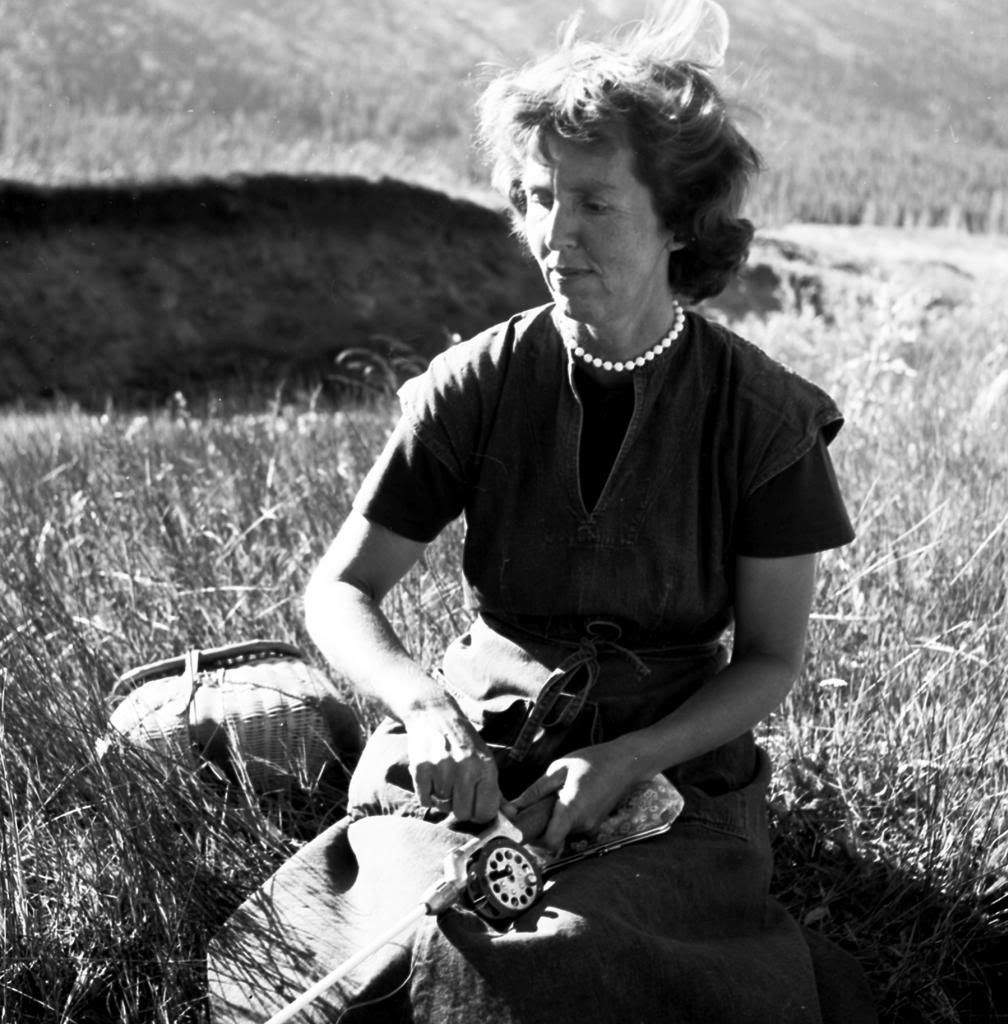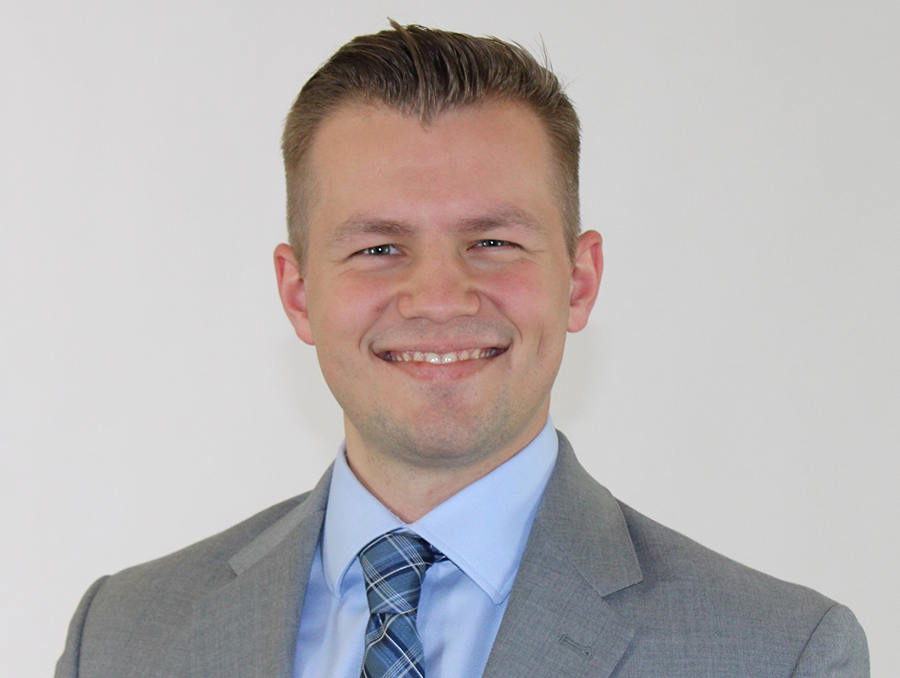Photos from University of Nevada, Reno Special Collections and Archives
 Teacher Grace Bordewich at Pyramid Lake.
Teacher Grace Bordewich at Pyramid Lake. Teacher Evelyn Miles and fellow teachers, circa 1935.
Teacher Evelyn Miles and fellow teachers, circa 1935.
"It was Miss Bordewich who first taught me that teachers can be human ... It did not come from the tedium of grammar, but from poetry and short stories, from the magic of writing. In those times, her eyes would brighten and her voice soften and a student would have to be dead not to be affected. The mark that a single teacher can make upon a student is a mark that lasts a lifetime. So it has been with me. She gave me the love of language."
Renowned Nevada author Robert Laxalt understood with great clarity the singular significance of a special teacher. He honored the invaluable gift he'd been given that had shaped the direction of his life; all because of this one particular teacher.
The message is a time-honored one: teachers have the capacity to shape and mold their students, guiding them along the way and helping them build lives of significance, but they also make history of their own through their words and deeds.
As the University of Nevada, Reno's exhibit covering the history of a variety of Nevada schools and seven remarkable teachers over the past 100 years wraps up on June 8, those messages are precisely what motivated Donnelyn Curtis to create the special exhibit entitled Nevada Schools: Staking a Claim on Education.
"I started thinking about how teachers make a difference," said Curtis, head of the library's Special Collections. Good education is usually the result of good teachers. Teachers are good for many reasons, but it's generally because they care about their students."
The first three floors of the Mathewson-IGT Knowledge Center take the viewer back to times when six industrious, accomplished women armed with teaching degrees, including Laxalt's teacher Grace Bordewich, made their mark on northern Nevada and their students. Some traveled to the state's most rural places to practice their craft in tiny, one-room schools.
They include Mary Doten, the earliest teacher honored in the exhibit who taught in the late 1800s and early 1900s; Effie Mona Mack, historian, educator, and University benefactor who is the namesake of the University's Mack Social Science building; Margaret Muth, longtime Reno High School English teacher who was the granddaughter of one of the first residents of Reno; Anne Berlin, a respected English teacher from Fallon; Grace Bordewich, the namesake of a Carson City school and the recipient of Laxalt's dedication of his book, The Basque Hotel; and Evelyn Miles who spent four years of her teaching career in Austin, Nev., and was interviewed by the University of Nevada Oral History Program about her time there.
Viewers return to modern day with a display featuring Milt Hyams, a man who began teaching government and civics at Reed High School and now teaches at Incline High School. It was a discussion among her colleagues about Hyams and the inspiring role he played in shaping their career paths that served as Curtis' inspiration for the entire exhibit.
In deciding what teachers to showcase, Curtis asked a variety of people who they would name as some of the most notable teachers in Nevada. It generated many names which she culled down to those who had memorabilia and photographs she could find to support the exhibit.
The exhibit also includes materials such as photographs, artifacts, diaries and even school census records of many different schools of various types and sizes in the state, both rural and urban.
"An entire display case is dedicated to Reno High School," Curtis said. "It was the only local high school for a long time and many people passed through that school." A number of the women educators featured in the exhibit taught at Reno High at some time during their careers.
Other historic schools are also showcased. According to Curtis, boomtown schools such as the one in Goldfield was huge in the late 1800s. "A number of these schools were larger than one would expect," said Curtis.
Special interest schools are featured in a number of display cases. They include Indian schools such as Stewart Indian School and schools born of someone's dream. One of those schools was the Bishop Whittaker School for Girls, a finishing and boarding school where Nevada-born Ann Martin, a leader in the fight for state and national suffrage, attended in the late 1800s.
Yet another special school was built by Hannah Clapp and named for her companion, the Eliza Babcock Memorial Kindergarten, in the early 1900s. It was the first kindergarten in the state.
"Any exhibit I do is valuable to me because I learn a lot about Nevada history, and I learned some things this time about areas I hadn't paid much attention to," Curtis explained. "When I think about it, Nevada's rural education was pretty high quality. Many famous people in Nevada who became senators and congressmen went to small schools. Even Eva Adams, the first woman to become director of the U.S. Mint and a powerhouse behind the scenes in U.S. Senator Pat McCarran's office, attended tiny schools in mining towns.
"Doing this exhibit gave me more knowledge about what made Nevada schools successful in educating distinguished people. In large part, it was because of the teachers. There were some adventuresome women teachers back then. They were willing to take charge and go to places that may have taken a full day's ride in a wagon to get there."
An online version of this exhibit will be made available in the near future. Other online exhibits can be found at http://knowledgecenter.unr.edu/digital_collections/exhibits/.











